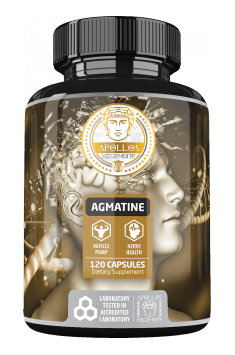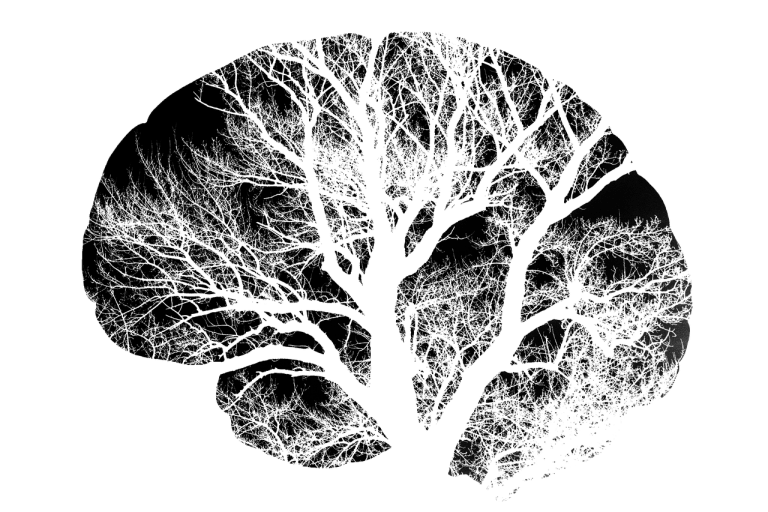The term endorphins is most probably known to most sports enthusiasts. Often, they encourage regular activities. These magical molecules make us feel much better by affecting the specific receptors in the brain.
Endorphins - basic information
Their physiological role during the effort involves, among other things, regulating the sensation of pain - when we make an intense effort, reducing the feeling of pain allows us to continue it for an even longer time [1]. This may be due to evolutionary adaptations - for example, running could mean an escape, and in such a situation the body must adapt quickly to extreme conditions to survive. Now, we do not run away too often from predators, but the evolution left us with this pleasant accent, thanks to which morning jogging not only improves the health and appearance of the figure, but also raises the corners of the mouth in a joyful grimace. This is commonly referred to as the "runner euphoria" phrase.
Without a doubt, the sense of happiness is the goal of every human being and we will strive to maximize it. Is there a way to increase the release of endorphins? It turns out that yes. A potential candidate for an effective tool is agmatine, a measure commonly used to improve the efficiency of training. The main purpose of its consumption is usually the effect on the increase of eNOS activity and the resulting stronger "muscle pump", but as we will soon see it is not its only advantage.

Looking at the mechanism of action of agmatine, we notice that it reacts with the imidazoline I (2A) receptors in adrenal glands. The effect of their activation is the increase in beta-endorphin [2]. Thus, by taking agmatine before training, we gain a combination of two stimuli that affect the production of these happy molecules.
What are endorphins?

Endorphins are peptide molecules secreted in our nervous system that have activity similar to drugs such as morphine. It sounds nice, right? Of course, they work with a correspondingly lower power, acting mainly on the subtype of μ opioid receptors.
Agmatine is also used as part of the treatment of depression, although these are practices carried out by patients themselves, doctors do not implement this treatment for treatment. The effects can be good, especially in cases of no effect on other treatments. There is a lot of anecdotal evidence and rodent studies, but people only have one, very small test using 2-3 g of agmatine per day, in which great effects were noted [3]. It was also noticed that people with mood disorders have greater expression of the gene coding for agmatinase synthesis [4], so they break down agmatine faster and have lower concentrations. However, more valuable research is needed.
Other mechanisms underlie its effectiveness, apart from its influence on the opioid system. Although this is undoubtedly impossible to ignore - the prospect of using endorphins even while sitting at a desk at work is very attractive.
The next system with which agmatine reacts is the adrenergic system. Here, its effects are twofold, depending on the dose. A small dose increases the effect of presynaptic α2 receptors, which results in a decrease in norepinephrine concentration, and the higher dose, on the contrary, inhibits these receptors and increases norepinephrine discharge into synaptic spaces [5]. Many doses of agmatine have an antidepressant effect, hence the healing effect of noradrenaline growth coincides with the mechanisms of action of many traditional medicines.
One of the main effects of agmatine intake is inhibition of ion flow in the NMDA receptor of the glutamatergic system [6]. This can favorably affect people who are struggling with symptoms characteristic of excessive activation of these receptors - irritability, hyperactivity, sleep problems.
If you are talking about antidepressant action, it is worth mentioning about serotonin. Well, agmatine has no effect on the growth of serotonin in synaptic spaces, but it intensifies the action of some of its receptors, which makes serotoninergic transmission stronger [7] [8]
As you can see, agmatine has a much wider effect than just affecting the better blood supply to your muscles. A fairly wide range of interactions with various brain systems translates into the possibility of therapeutic use of agmatine. Due to the rather unique profile of action, it can be considered as a tool to improve well-being when more standard methods fail.
Sources
[1] https://link.springer.com/article/10.2165%2F00007256-198401020-00004
[2] https://www.ncbi.nlm.nih.gov/pubmed/19913596
[3] https://www.cambridge.org/core/journals/acta-neuropsychiatrica/article/clinical-antidepressant-effect-of-exogenous-agmatine-is-not-reversed-by-parachlorophenylalanine-a-pilot-study/62BA83527CFA2D1F283A4899307103DE
[4] https://www.ncbi.nlm.nih.gov/pubmed/21803059
[5] https://www.ncbi.nlm.nih.gov/pmc/articles/PMC1572239/
[6] https://www.ncbi.nlm.nih.gov/pubmed/15982768
[7] https://www.ncbi.nlm.nih.gov/pubmed/15374751
[8] https://www.ncbi.nlm.nih.gov/pubmed/18717332






